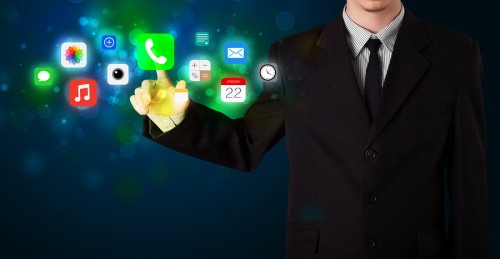I’m concerned that the digital devices we’re using non-stop are only creating more digital distractions. Instead of streamlining the flow of information and saving us time, our phones, tablets, and mobile tools seduce us into thinking we can take in more information and handle it all simultaneously.
I don’t know of anyone, at least among my executive coaching clients, who doesn’t multitask and answer email and review documents while on conference calls, for example. However, the results are mediocre on all fronts.
The fact is, when multitasking, the brain doesn’t handle more than one problem well. Although we can certainly walk and chew gum at the same time, we can’t pay attention to simultaneous problems. Instead, the brain must switch tasks, using up time and energy. When task switching is not done well, time is wasted and mistakes are made.
One such research study, funded by Hewlett-Packard and conducted by the Institute of Psychiatry at the University of London, found that “Workers distracted by email and phone calls suffered a fall in IQ more than twice that found in marijuana smokers.” The report termed this new “infomania” a serious threat to workplace productivity.
Another study at the University of California at Irvine monitored interruptions among office workers. They found that it took an average of 20 minutes to recover from interruptions such as phone calls or emails and to return to their original task.
Studies show that doing two things at the same time can be done well only when one task is automatic. So you can:
- Listen to a podcast while driving, but not with good retention or learning.
- Answer email while on a conference call, but not without lowering quality.
- Look at your Facebook feed while eating lunch, most likely without problems.
- Do your expense report while watching YouTube, but expect errors.
There are two approaches recommended to get back in the driver’s seat to win the attention wars:
- Systematically limit or reduce access to information streams.
- Make use of technological tools to strategically manage information.
Most of us don’t have a choice to limit our access to data, but we can all use help managing mobile and social apps to our advantage. There are smart tools to help you do that.
What are you doing to manage all the information overload and digital devices? How do you avoid multitasking? I’d love to hear from you. You can reach me here or on LinkedIn. Let’s talk!

Did You Enjoy This Article?
Join thousands of other smart business owners like yourself & get our Proffittable Times newsletter.
It's filled with actionable content you can apply immediately.
Sign up now to get started!
– Coach Nancy










